Introduction
Announced in October 2023 and continuing the tradition of modern ‘P’ variants since 2011, today we will discuss the Leica M11-P.
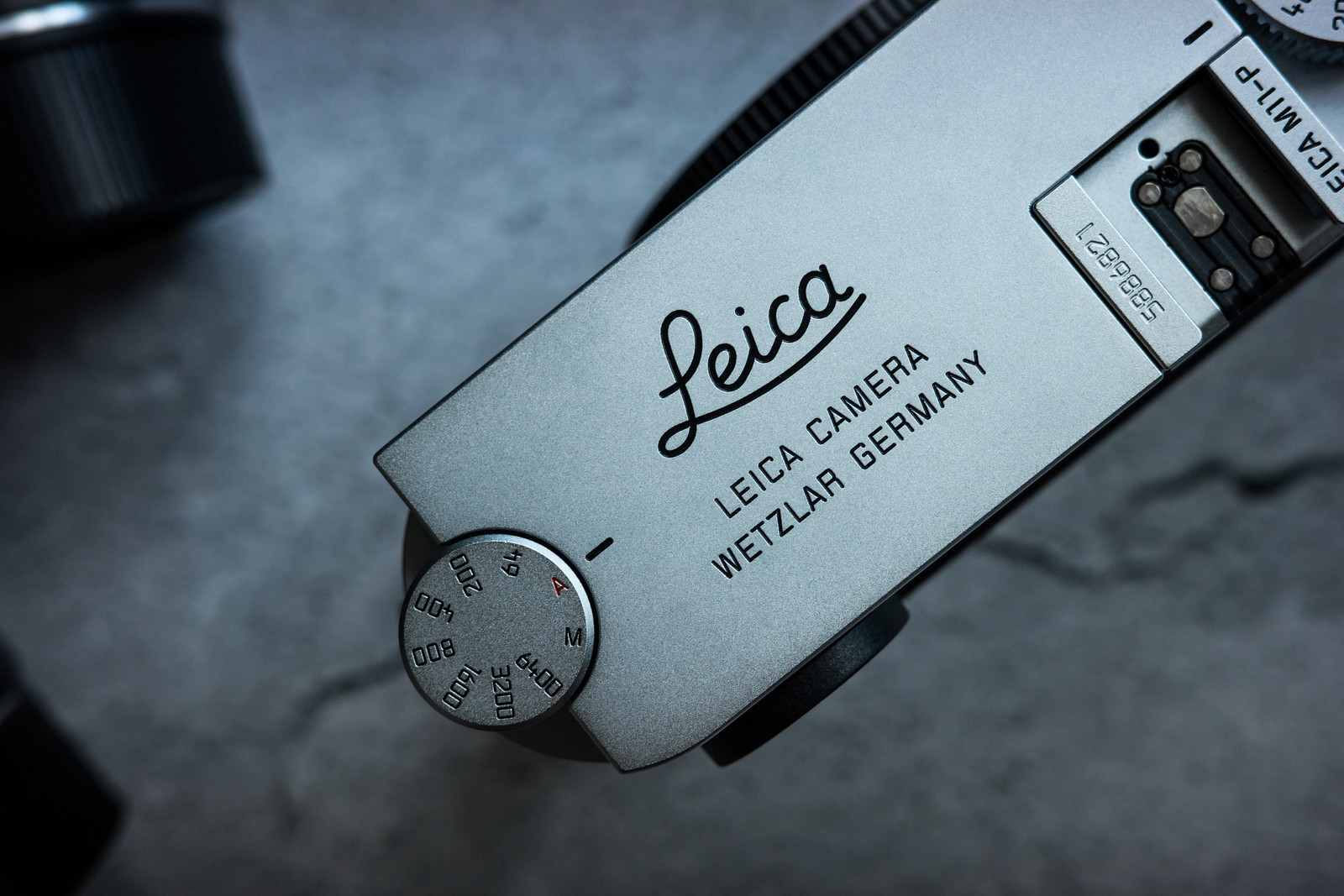
Traditionally the P-variant was more on cosmetic changes, typically adding a more scratch-resistant sapphire LCD while replacing the Leica red-dot logo with a more discrete screw and adding an engraved Leica script to the top plate, but this time Leica has endeavored to go beyond skin-deep for the M11-P’s improvements.
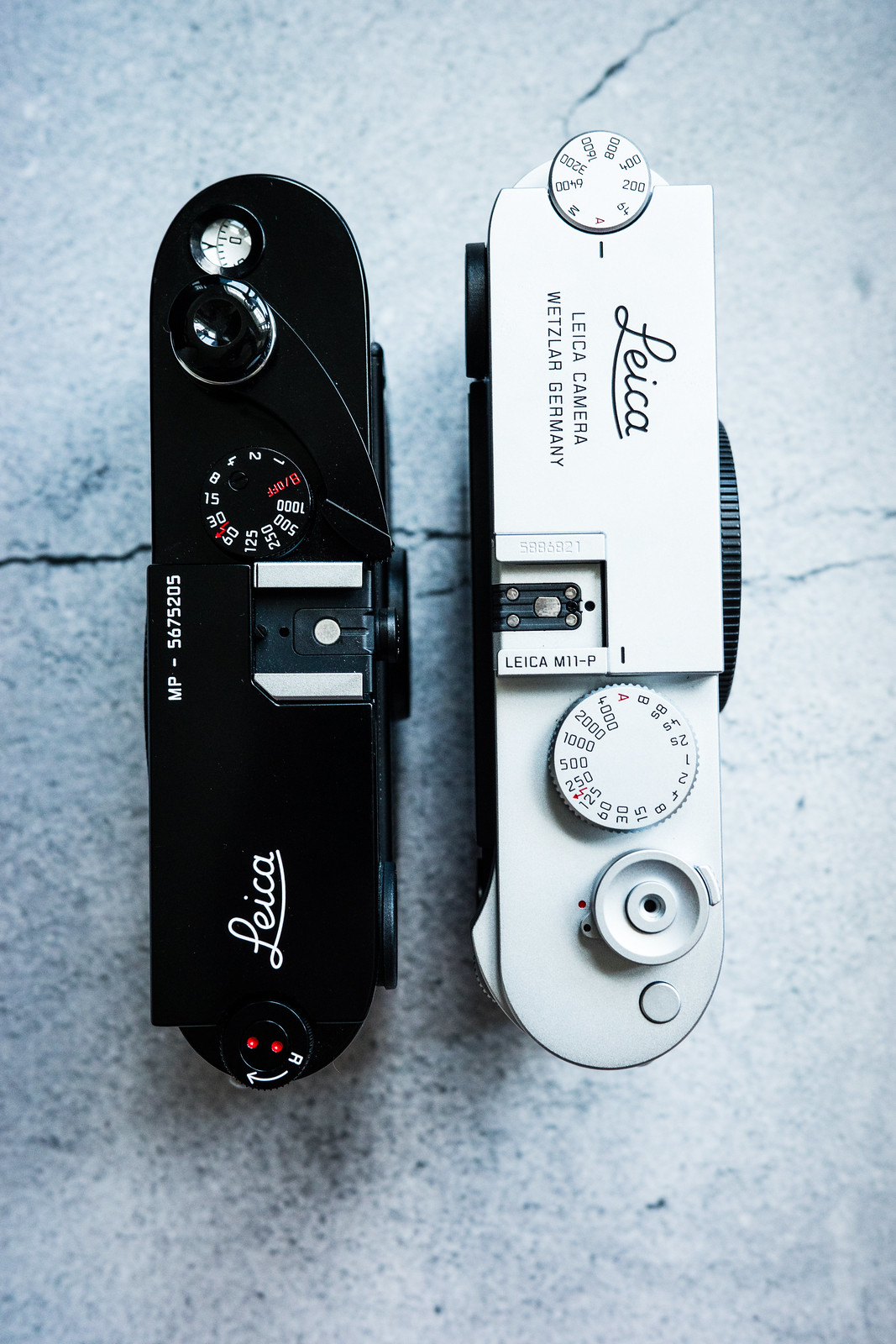
Let us take a deeper look at this photography tool.

tl:dr / Conclusions
To start with a disclaimer, the Leica M11-P is a purchase to replace the Leica M10-R, which has been my workhorse camera for the last few years. Hence, this is not a loan for review set.
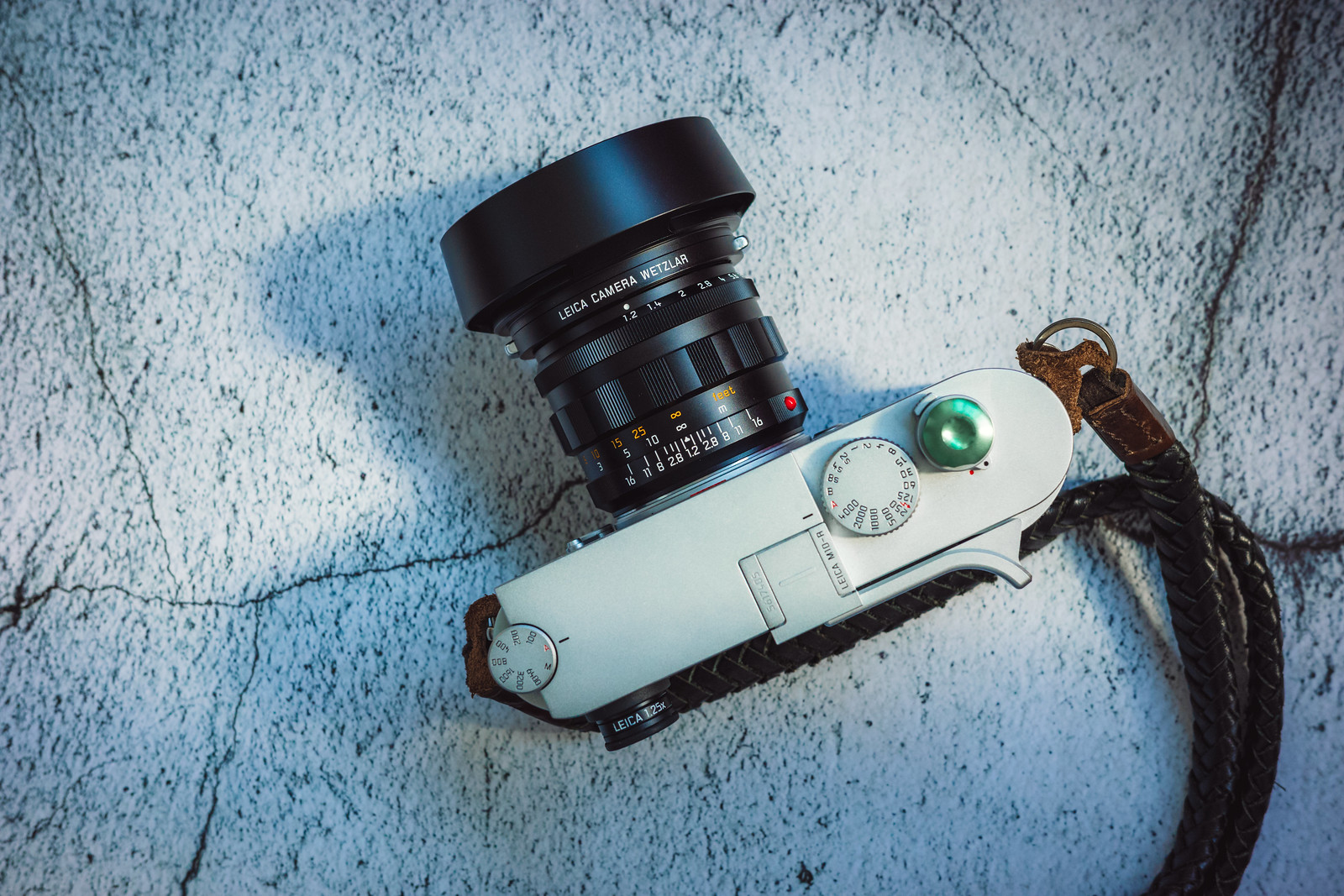
While I will whole-heartedly recommend the Leica M11-P to anyone one using a digital M earlier than M11, there are some areas where I felt Leica held back, giving the M11-P a near but not full score.
For readers keen on a score, the Leica M11-P would score a 9 out of 10, and I will still wholeheartedly recommend the M11-P. The improved snappiness of the whole operation flow, much brighter viewfinder, and triple resolution sensor alone make the camera a worthwhile upgrade from the Leica M10 and earlier series. For Leica M11 owners, my advice is to continue using their M11 cameras unless content authentication is a priority for you.

For the photographers already working with the Leica Q3 or SL3 (or SL2/S), the consistency of the firmware interface across these three systems is undoubtedly an advantage.
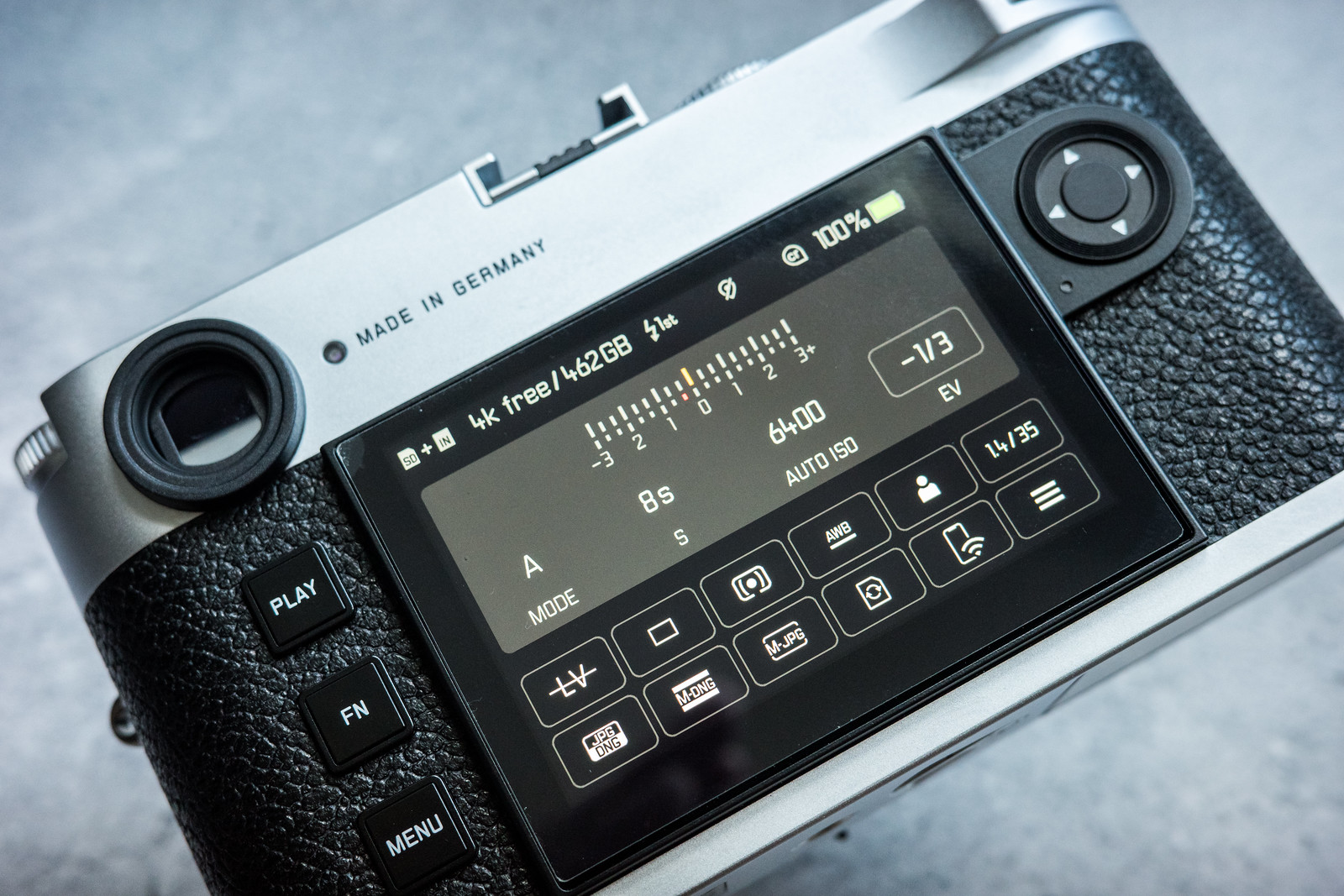
Top: The firmware interface (similar to M11) is now aligned with the Leica Q3 and Leica SL3/SL2
Bottom: Button configuration similar to the Leica Q3 and Leica SL3

If I am to be fussy, I will say that while Leica has skillfully built improvements across the camera from the hardware to software, they were simultaneously holding back. The decision to not include their newest Maestro IV processor from the Leica Q3 and SL3, while advertising the Apple MFI branding and the fast built-in 256GB SSD only to have the M11-P not allowing direct plug-and-transfer capabilities on macOS is a tad disappointing.
*one can still use Image Capture while Android File Transfer fails to work for me but there is no way to mount the M11-P as a disk on MacOS.
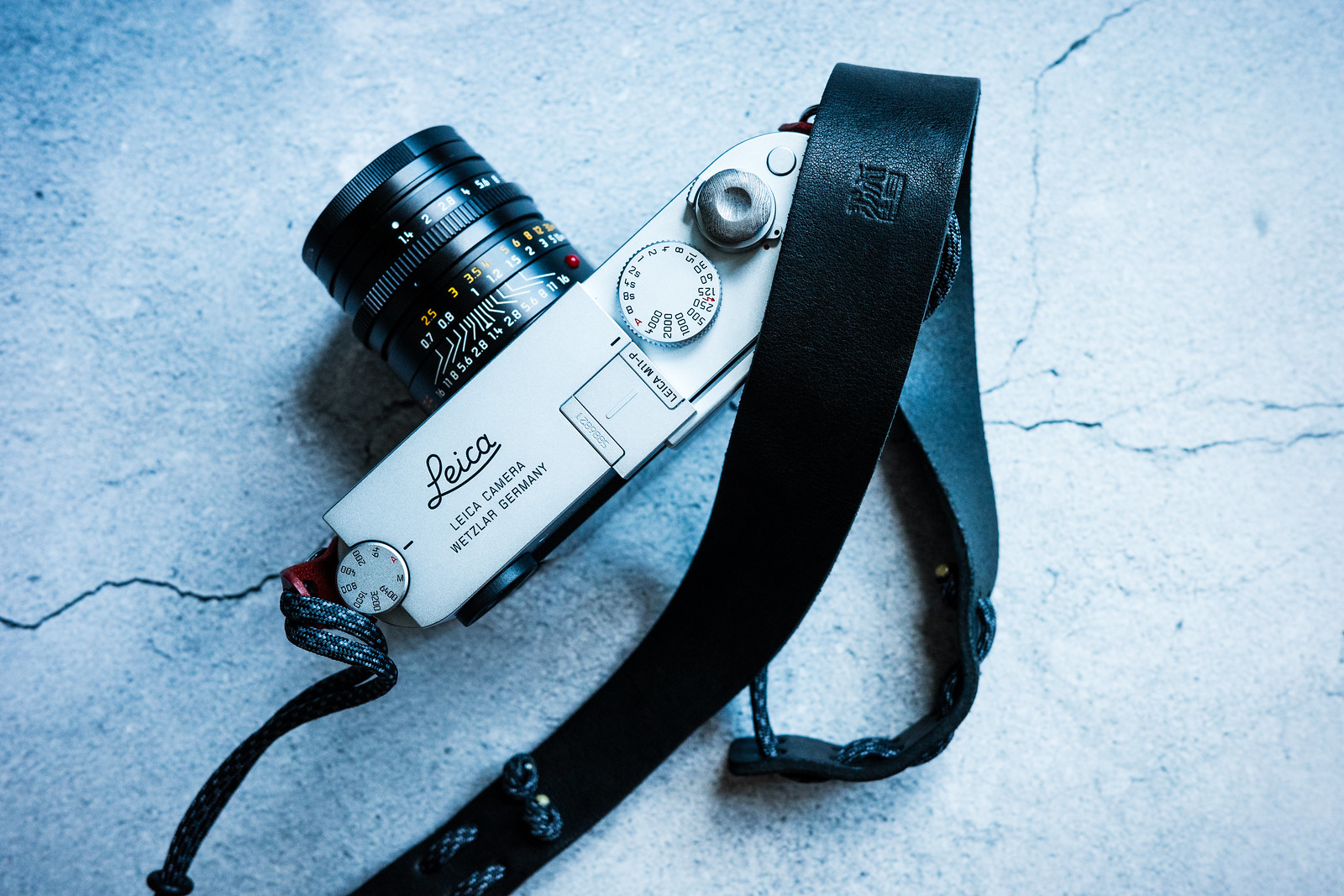
Leica Looks is still only exclusive to the Leica Q3 and SL3, and it really hardly makes sense for me that the M11-P is the only ‘newest’ camera still on Maestro III.
Unlike other reviewers, I will not refer to price as a ‘weakness’ of the Leica M11-P. This is a Leica M camera, the only available full-frame rangefinder in the market, and is priced as such. If one still complains about why this is a USD9195 camera with no auto-focus capabilities in 2024, 70 years after Leica announced the M-mount, I suggest starting here instead.
5 noteworthy improvements/points with the M11-P
As per my style, I am not for providing a laundry list of improvements over the Leica M11 or Leica M10 series as end of the day, there will always be just the few that really matter to the user. If you love to see a laundry 30+ points list, Jono Slack has an excellent one here.
Here are the 5 most noteworthy improvements in the M11-P for the user, especially if you currently use an M camera before the M11.
- The 60MP/36MP/18MP triple-resolution sensor
The Leica M11-P sports the same full-frame backside illuminated (BSI) CMOS sensor with a pixel pitch of 3.76 μm paired with the Leica Maestro III processor (same as the M11), while the Leica Q3 and SL3 are equipped with the Maestro IV processor.
An honest question I have, which most camera manufacturers may not like, is whether we really need 60 megapixels? For me, even the M10P’s 24MP is sufficient, and this is a crucial reason why I really like the triple resolution sensor that allows me to swap between the full 60MP, 36MP, and 18MP files when shooting.
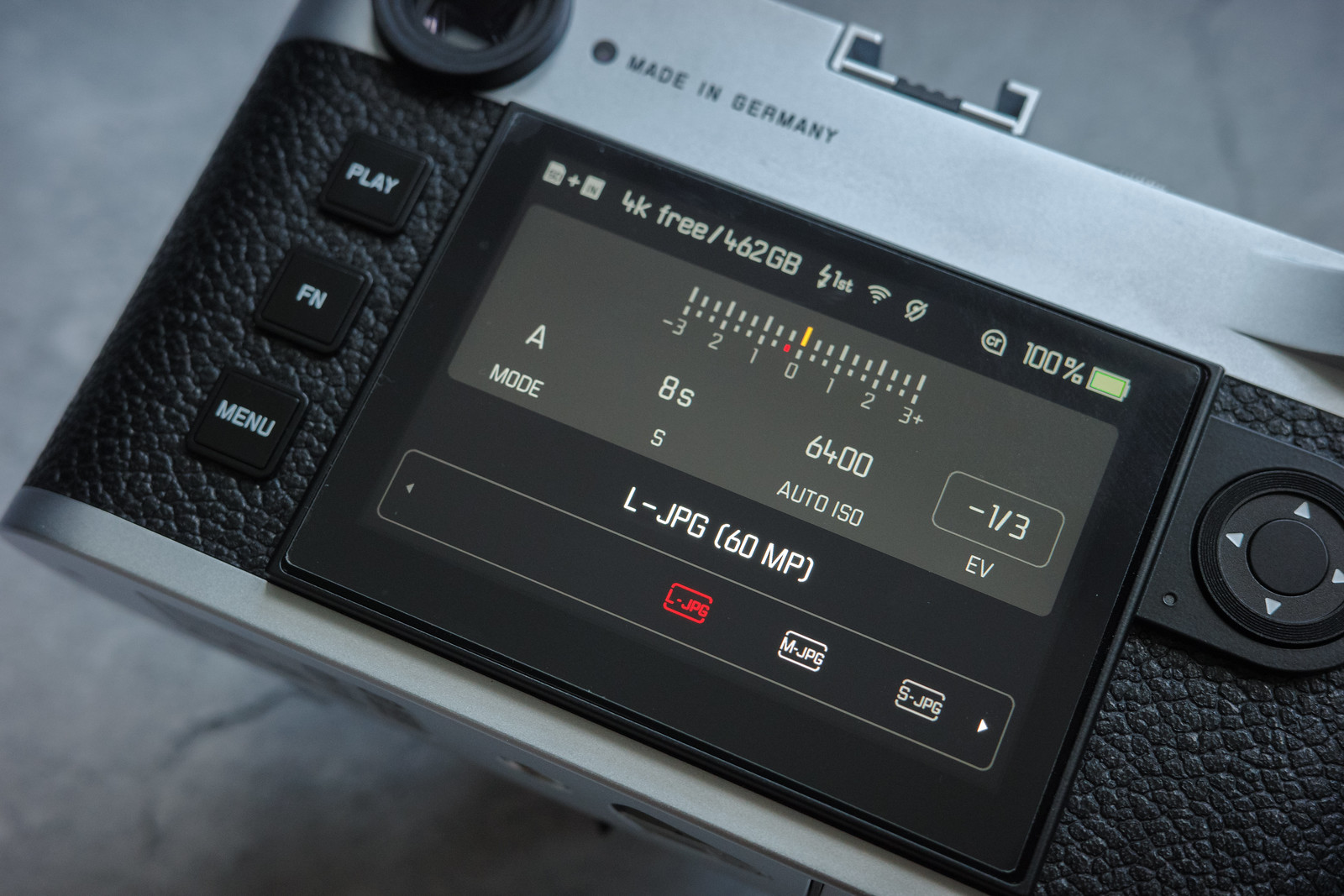
At 60MP, a DNG file is around 70 to 120 megabytes, and storage costs can escalate quickly for someone like me who backs up all my DNG files. Moreover, I am pleased shooting at 36MP and don’t feel I am losing anything, like my M10-R at 40MP.
Regarding the usefulness of a sensor that allows different resolutions, imagine this, would you want a 50MP option when using the 100 MP Hasselblad 907X CFV100 camera?
I would
Lastly, an added benefit of shooting at lower megapixels is the buffer, which maxes out at 15 shots with 60MP DNG files but goes up to 30 shots with 38MP DNG files. Photographing at 18MP DNG, one gets unlimited shots (according to Leica)
Detailed file sizes across L/M/S options are below:
L-DNG 60.3 MP 9528 x 6328 pixels
M-DNG 36.5 MP 7416 x 4928 pixels
S-DNG 18.4 MP 5272 x 3498 pixels
L-JPG 60.1 MP 9504 x 6320 pixels
M-JPG 36.2 MP 7392 x 4896 pixels
S-JPG 18.2 MP 5248 x 3472 pixels




Also a small tip, use DNGs if you can. After all on the M11-P, the color depth is 14-bit for DNG files while a much lower 8-bit for JPEG files.




2. 256GB SSD internal storage, PTP, and Apple MFI connectivity with USB-C
This update resolves an issue previous M cameras had as a professional camera, the lack of dual storage options. There are no more worries with corrupted SD cards as one can simply set the M11-P to write to both the internal storage and SD card. In fact, now I will gladly bring the M11-P out for a shoot even without an SD card.
*yes, you can also transfer images from the internal storage to the SD card in the camera.
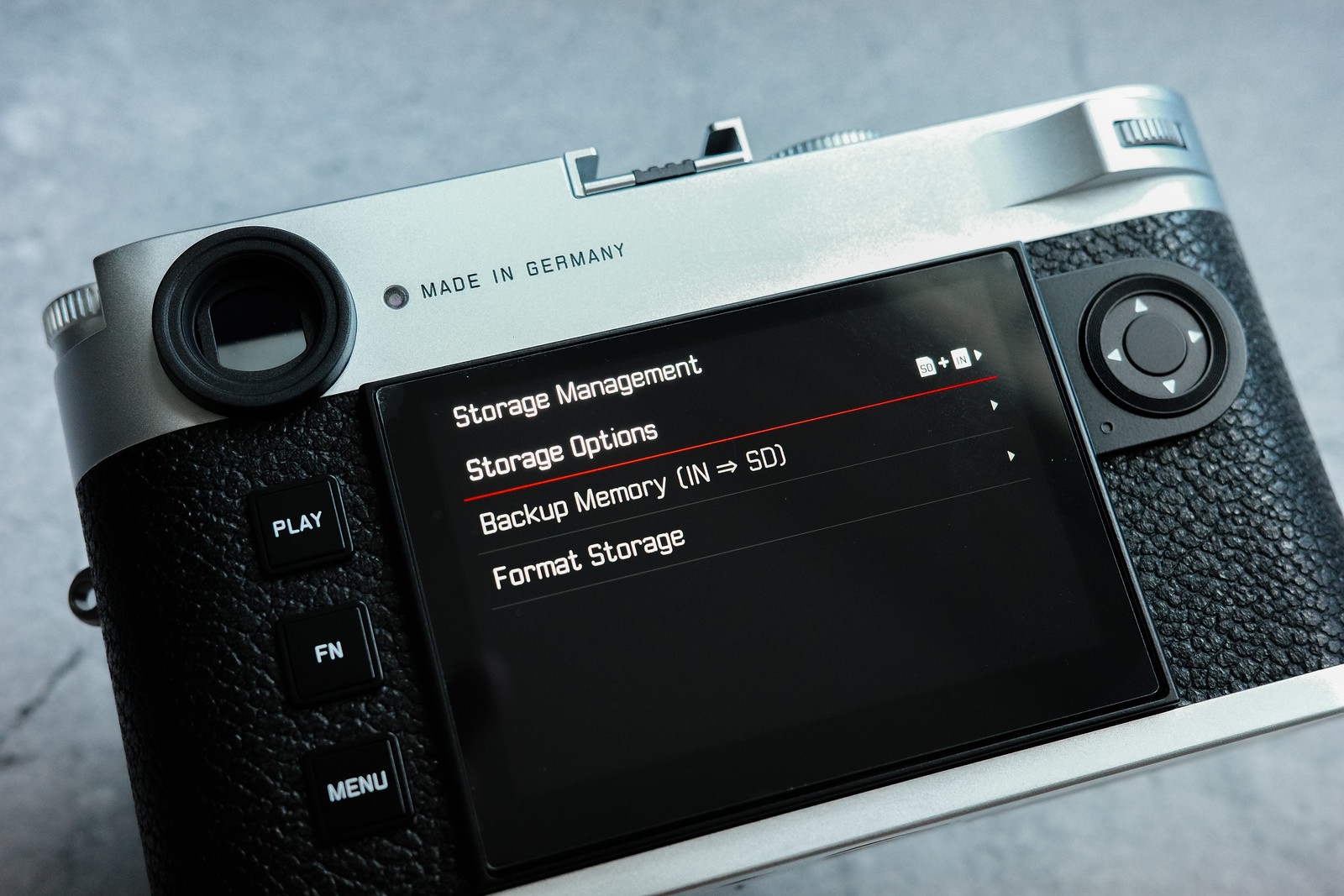
With the hoo-ha about Apple MFI compatibility, I had felt it would be lovely if one could simply plug in the M11-P to MacOS and mount it as a disk, allowing immediate file transfers, but unfortunately, this is not the case as of firmware 2.0.2, and one still needs to use third-party software for the transfer.
After some trial and error, at least what works for me is using Image Capture.


However, I could not get Android File Transfer to work, though some M11 owners have tested this software successfully. The direct file transfer on MacOS does not work with Lightroom CC Classic either.

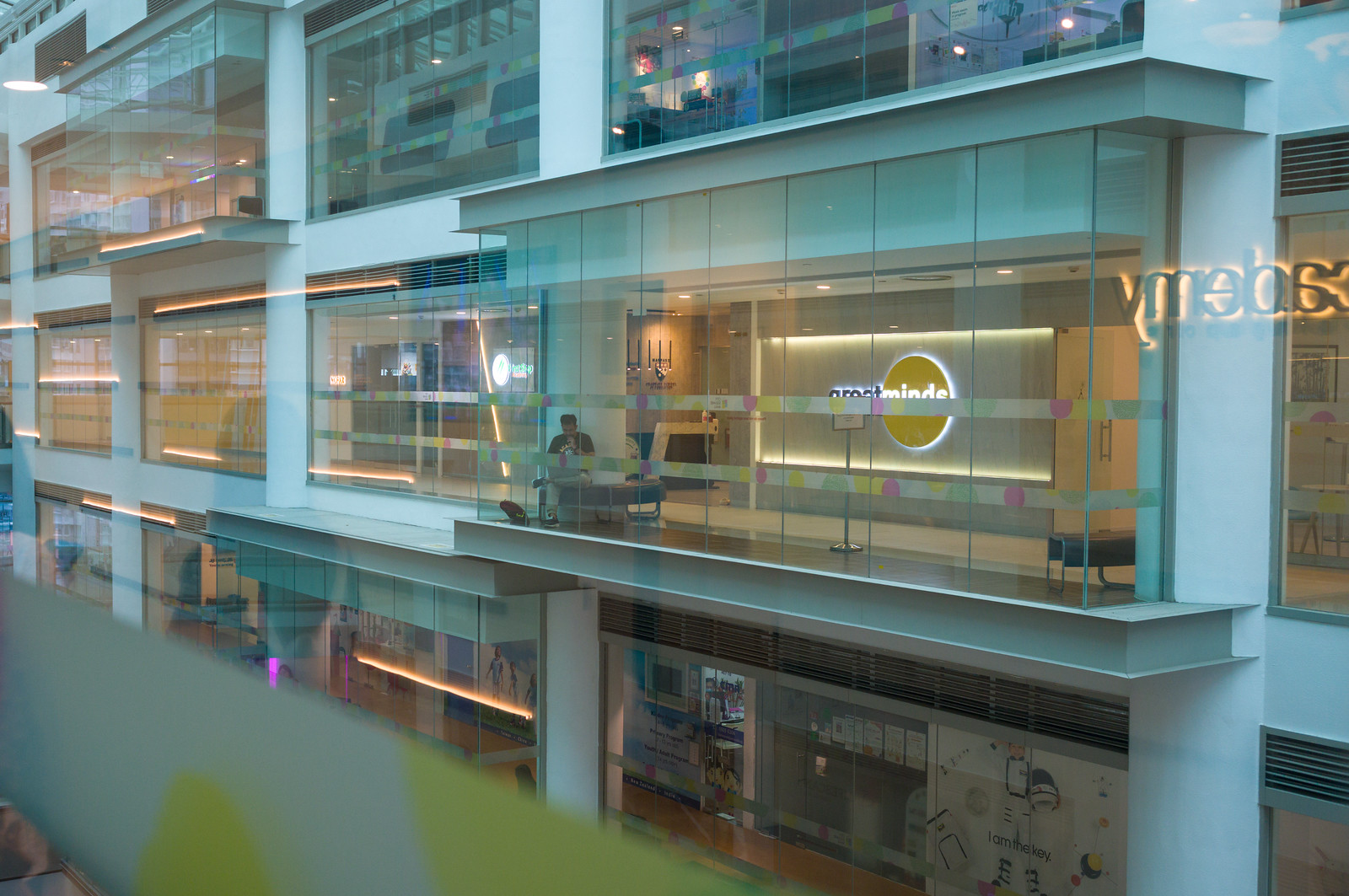
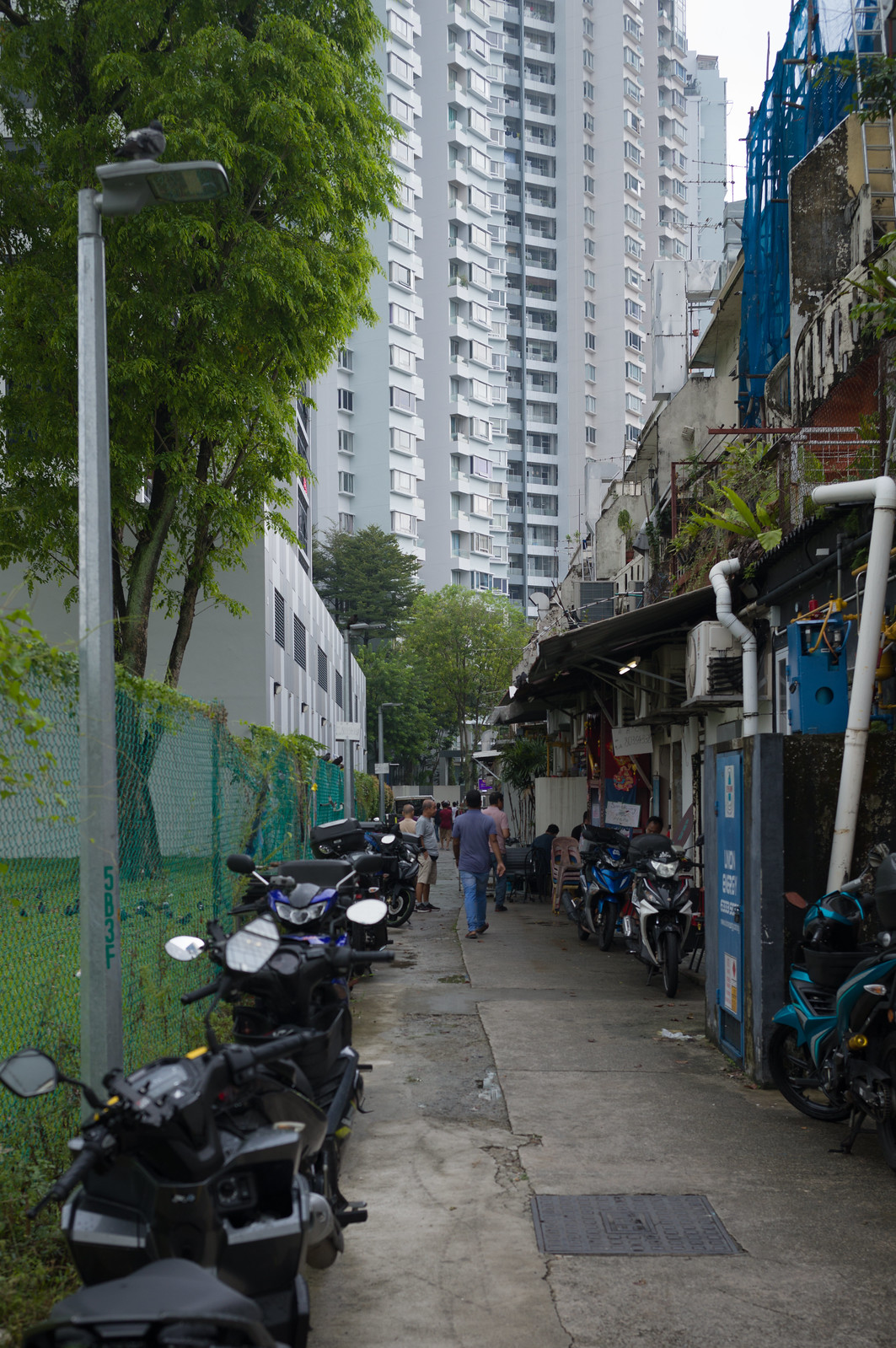


3. The improved bright-line 0.73x viewfinder, more robust build and overall hardware improvements.
The improved 0.73x bright-line viewfinder with automatic parallax compensation on the M11-P is one significant improvement Leica should mention more. Coming from the M10-R, I was instantly surprised by how much brighter and ‘clearer’ the OVF is, and this translates to a real-life benefit, with much higher hit rates in my images.
In fact, I am now pretty confident I can skip the 1.25x magnifier with how much better the M11-P’s optical viewfinder is.
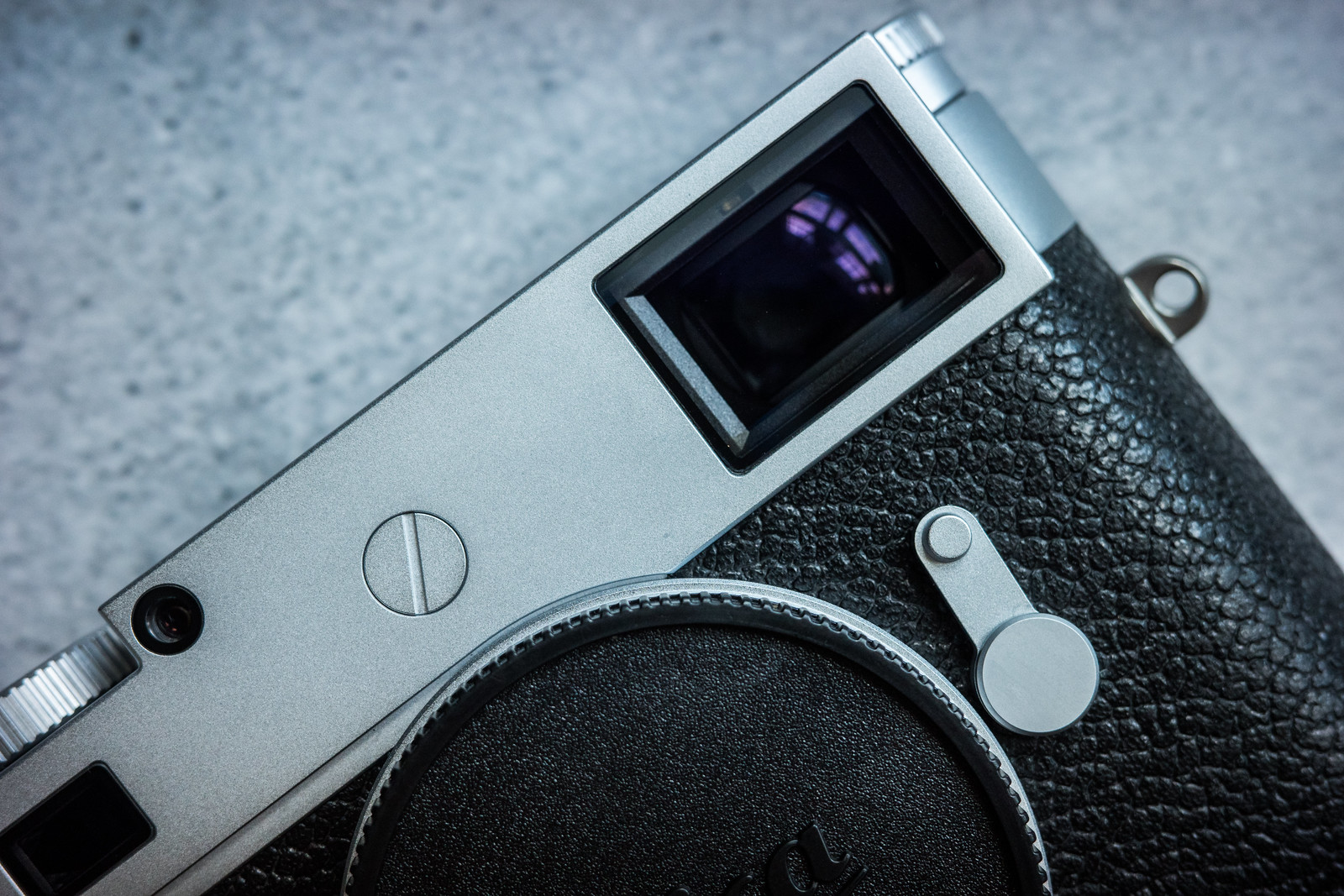
As usual, while the M11-P comes in chrome (magnesium alloy and brass ) and black paint (matt finishing on magnesium alloy and aluminum), one exciting development is that the black paint version comes in a significant 100 grams lighter than the chrome version (530g versus 640g, with battery), and actually quite welcome for those who may prefer a lighter option.

The SCL-7 battery is also rated for 700 exposures per charge by CIPA standards, an excellent mark for a digital camera, and in my usage, I am pretty confident of going higher if one does not use Live View or the Visoflex.

Removal of the base-plate design also brings better weather resistance and a more hardy build to the M11-P, but note it is not IP54 rated hence, always exercise good common sense if one is photographing in adverse weather.

Since the M11, all exposure metering is done by the sensor instead of a separate light meter from previous models, giving much more accurate results and skipping the shutter lag previous M cameras had to contend with. This works with the now image-stabilized LCD to provide a much more fluid shooting experience.
The FOTOS app is also improved with additional functionalities, providing tethering and geotagging via the app.
4. Content Credentials / Content Authenticity Initiative
Much of Leica’s press release was on how the M11-P adds hardware encryption to support Content Credentials, a digital signature initiative that tracks changes and edits to pictures. I am sure by now anyone following will know that the M11-P is the first camera to fully integrate Content Credentials through the Content Authenticity Initiative, spearheaded by Adobe.
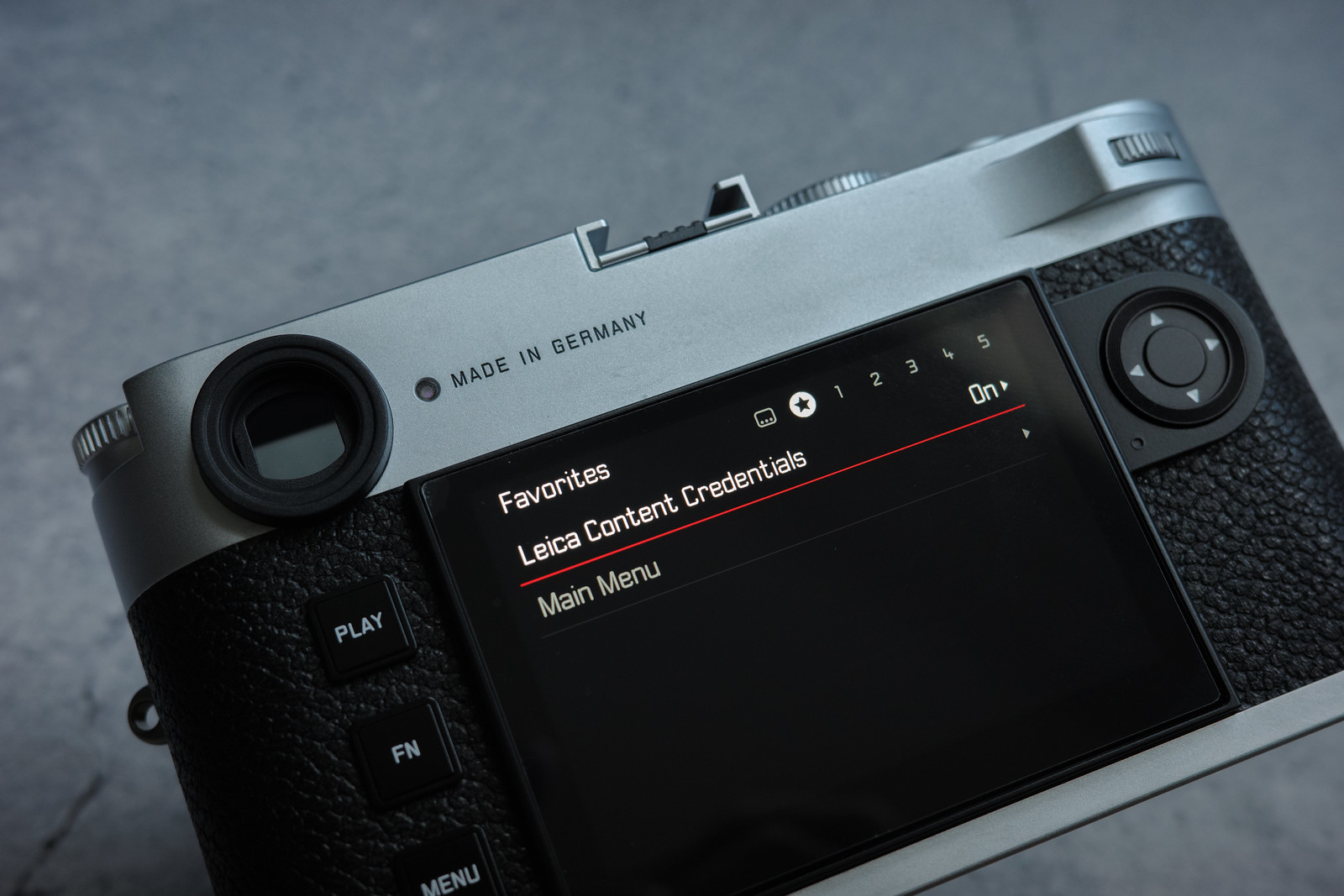
One thing to note, however, is that while a great idea to verify the authenticity of images, software support is still a hit-or-miss due to the still-developing tech, but it promises to help ascertain the authenticity of a photo image.
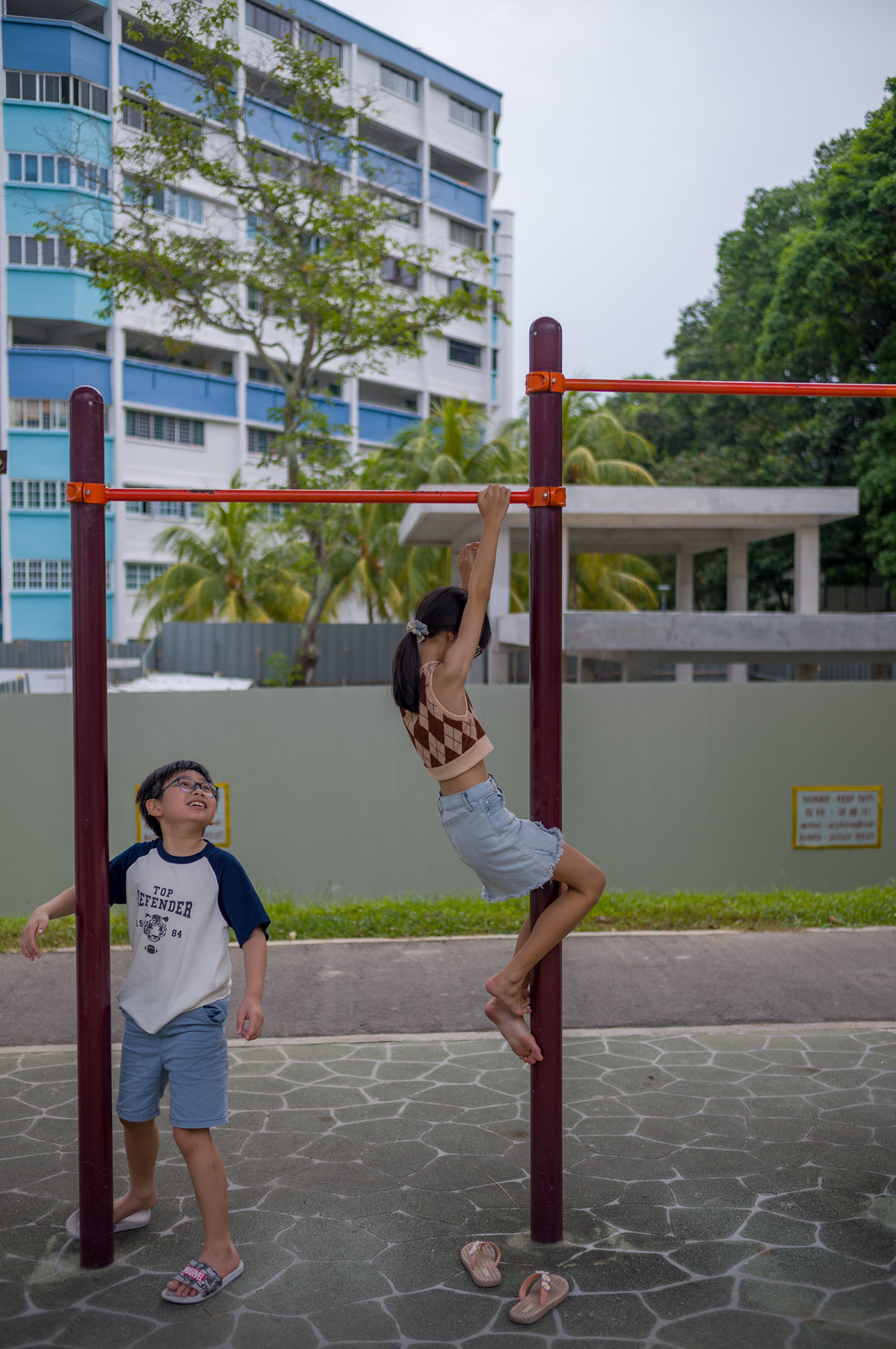
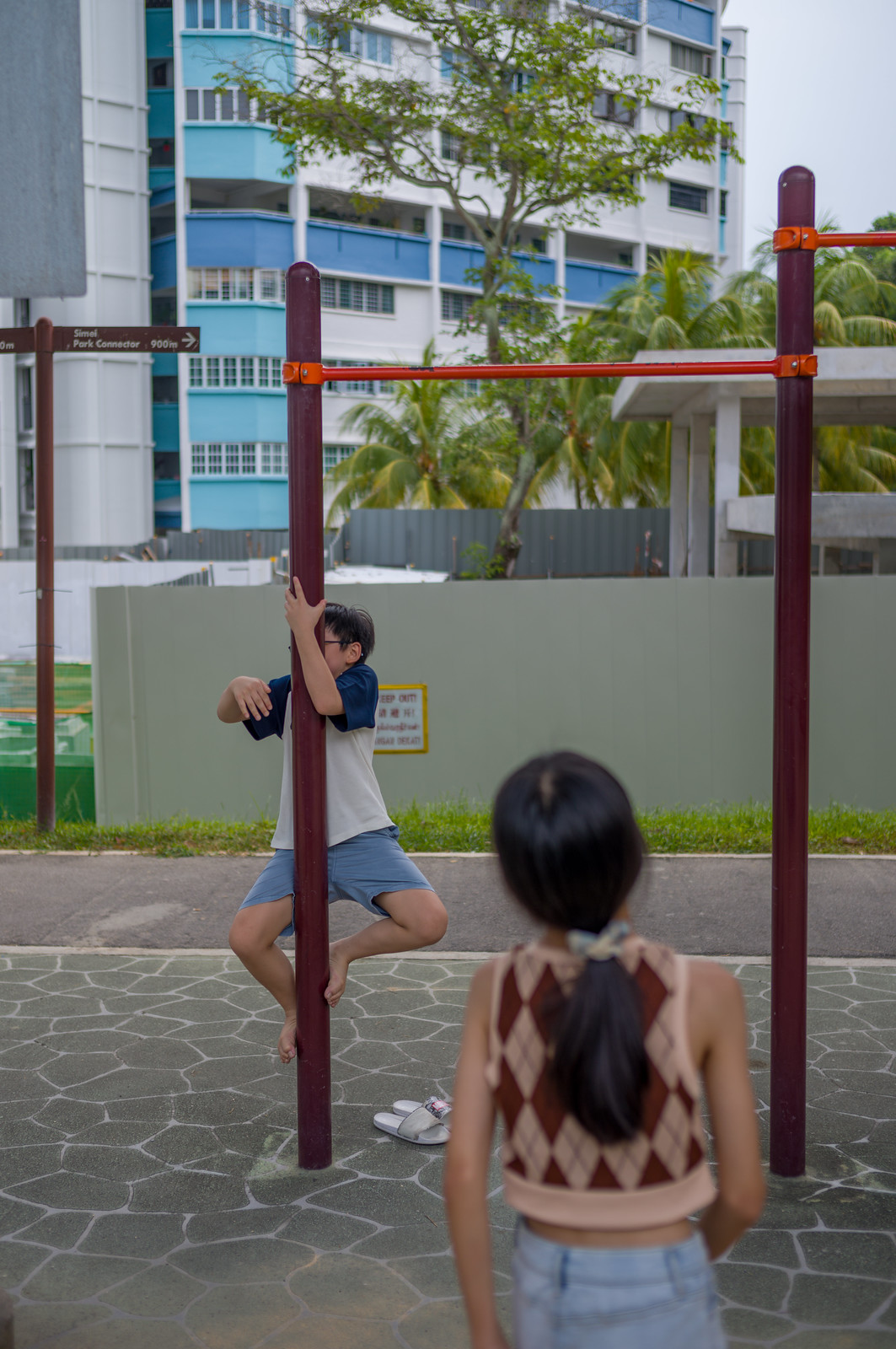
A quick summary of how this works is using the dedicated secure chipset inside the camera which stores a trusted certificate, digitally signing each image using a C2PA confirmed algorithm. The encrypted metadata guarantees content integrity and origin verification. Currently, over 300 companies have joined the Content Authenticity Initiative (CAI).
While really an excellent step ahead for content authenticity, Content Credentials has to be edited with compliant software for the credential information to be retained and adoption will take time.
Anyone can check the Content Credentials of any file using the free CAI website:
( https://contentcredentials.org/verify )
5. The Leica Image quality
Anyone who has used Leica equipment before will attest to their exceptional image output, characterized by true-to-life color rendering and excellent delivery of both contrast and micro-contrast. With the renowned Leica M lenses, which supplement this with exceptional sharpness and desirable, characterful bokeh, we have what some call the Leica look, and the M11-P carries on this pride.


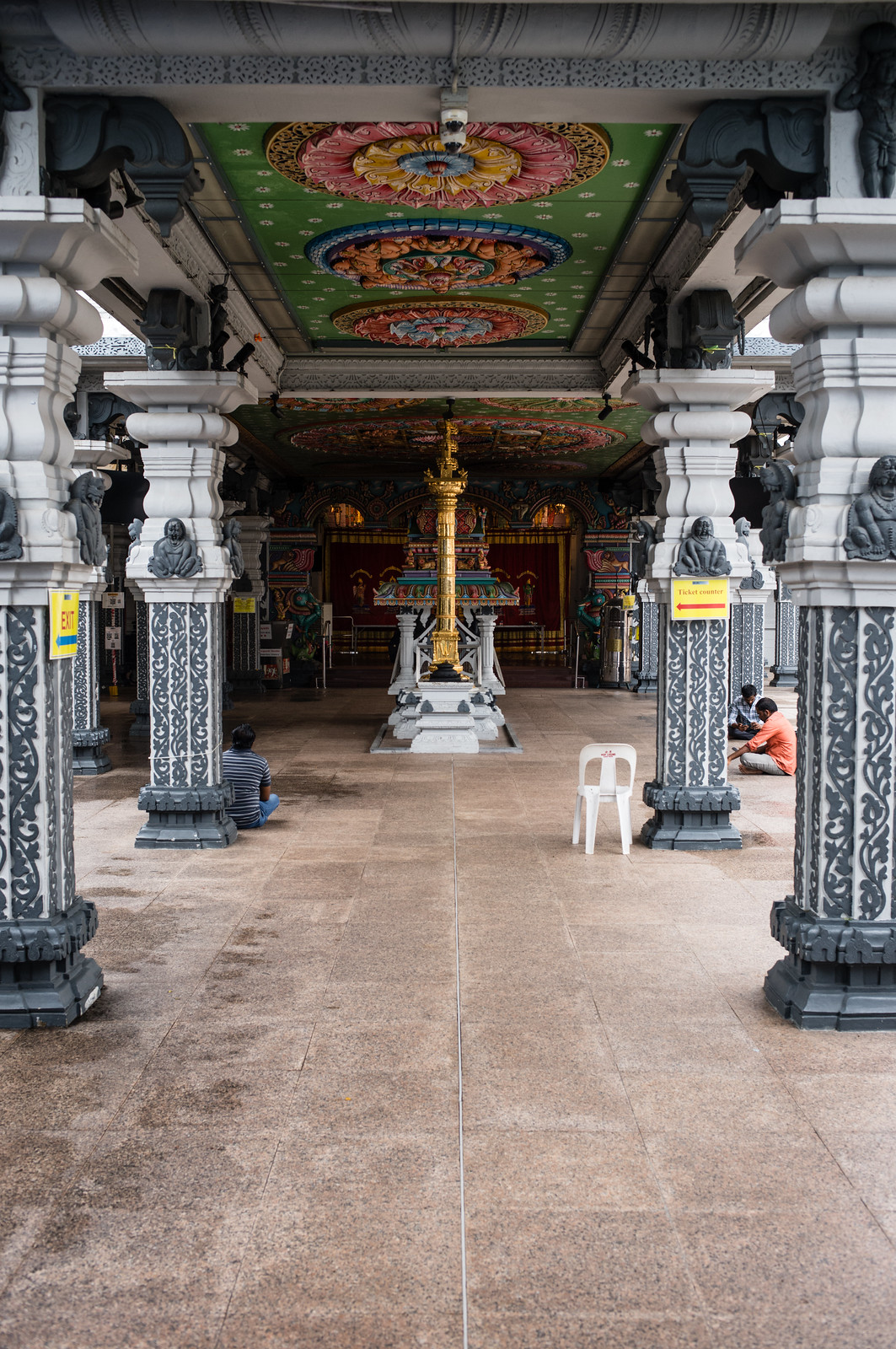
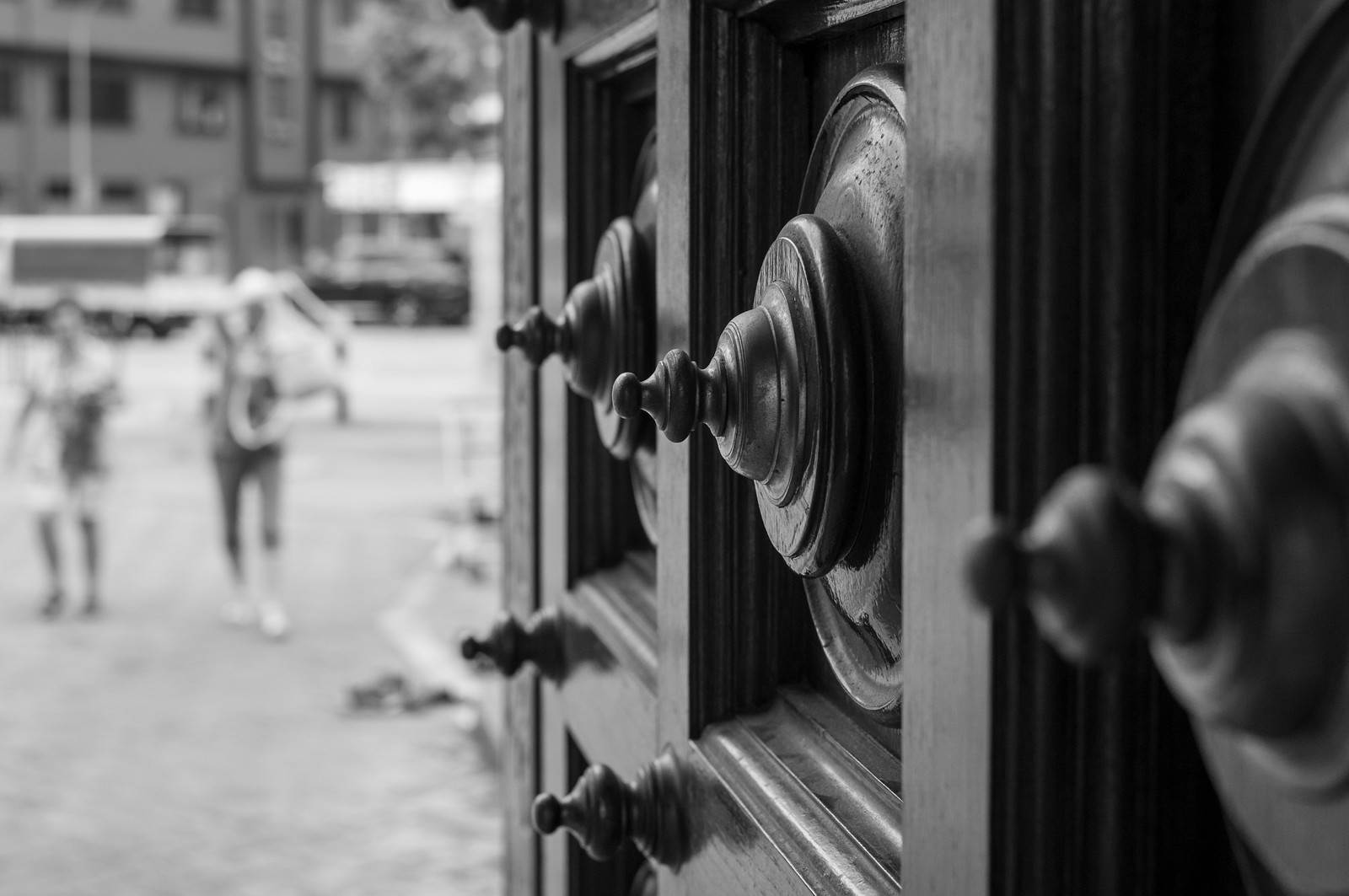
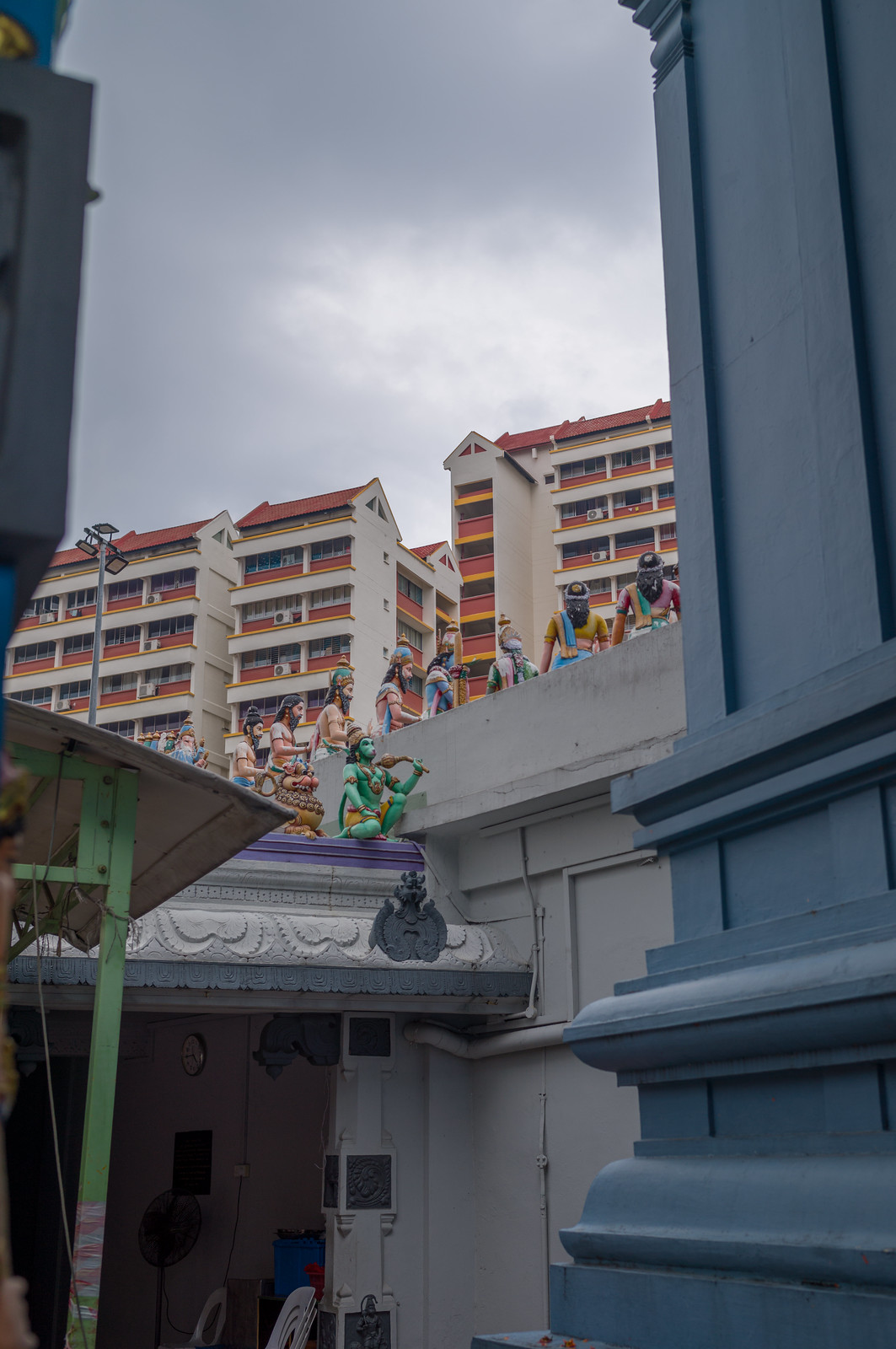
When I upgraded from the M10-P to the M10-R, I had to work along a transitional period of managing the difference in image output, especially on the color rendering side, and the same is with the M11-P, which I know will take me some time to work out the consistency I value and this is just part and parcel of the process.
Of course, there are other noteworthy improvements, such as the longest shutter speed supported on the M11/M11-P being 60 minutes versus M10-P’s 125 seconds, which I did not mention.

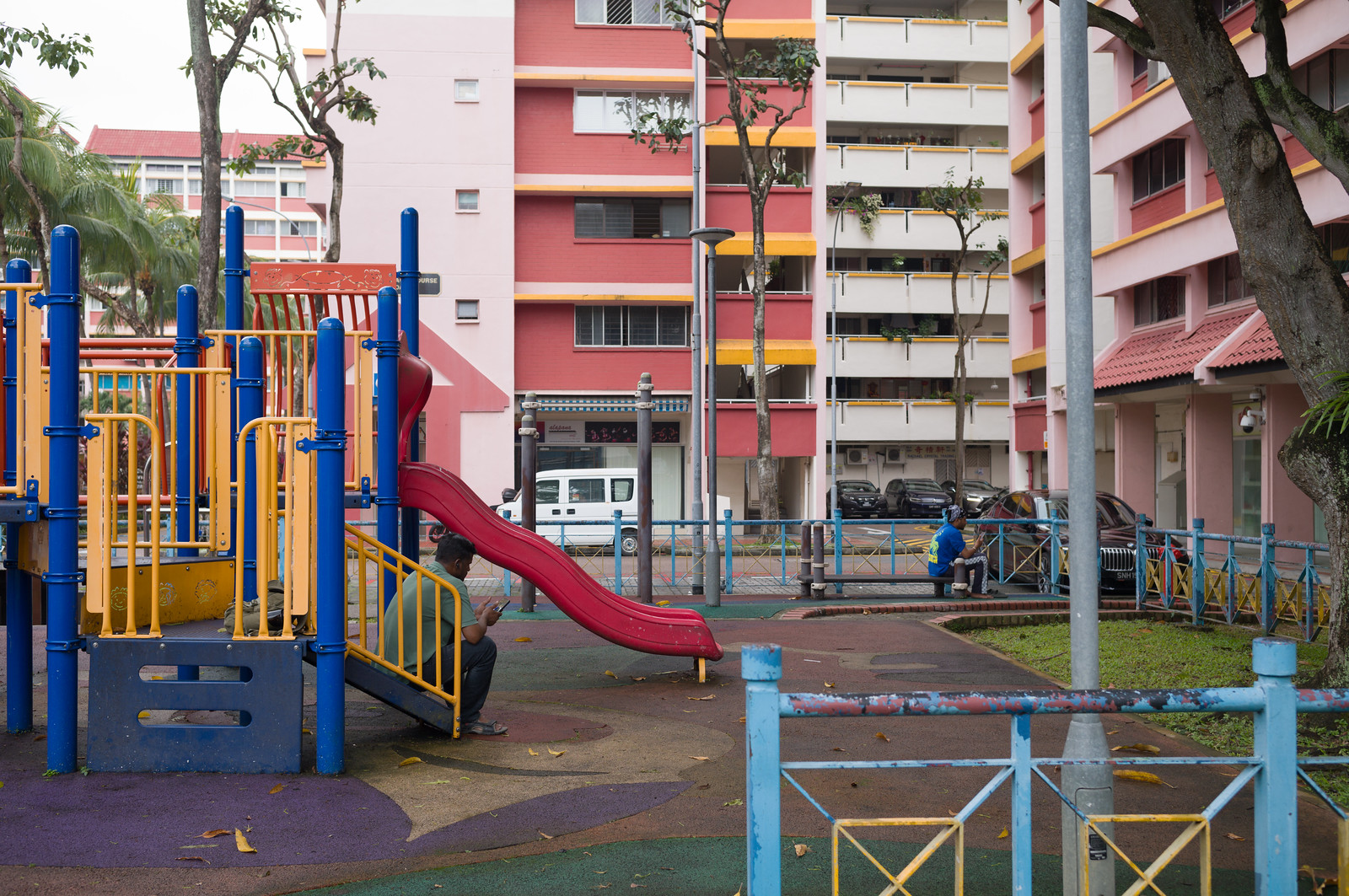

With the five key improvements mentioned and elaborated together with the areas where I felt the Leica M11-P could have done better, this is still a camera I look forward to now using as my workhorse camera for the next few years.
Addendum 11 Mar 2024
Within 24 hours of this review’s publication, I had several inquiries regarding ‘freeze’ issues on the M11-P. I am obviously not authoritative enough to say anything, but I realize Leica themselves has been working on this issue afflicting some M11/M11/M11-P sets. If one is keen, there is a dedicated forum collecting cases after firmware 2.0.2 here.
I have done around 400 shots on this M11-P and have not encountered any freezes.

Thank you for reading.
Disclaimers:
- All product photos and samples here were photographed by me. I believe any reviewer with pride should produce their own product photos.
2. All images were shot with my personal copies of the Leica M11-P (running firmware 2.0.2) and Summilux 35mm preFLE.
3. This review is not sponsored. I paid for the Leica M11-P.
4. I write as a passion and a hobby, and I appreciate that photography brands are kind enough to respect and work with me.
5. The best way to support me is to share the review, or you can always help support me by contributing to my fees to WordPress for the domain using the Paypal button at the bottom of the page.

Thank you for this well thought out unbiased review Keith.
LikeLiked by 1 person
Hi! Thank you.
LikeLike
Beautiful photos of the M11P and images from it, loving it!
LikeLiked by 1 person
Hi! Thank you for the kind words
LikeLike
Hi Keith, M10 user here, do you think I should jump to the M11P or M11?
LikeLike
Hi good day, my pragmatic answer is that the M10 (even the original M10) is still a very capable camera. If you want the latest in functions and maybe dynamic range, sure but if it is because that the M10 is lacking for today’s photography, prob not. Afterall I still do see people using the M9 and M240 nowadays.
LikeLike
I loved using my M2 for film and Leica cameras are superb, but they have become a rich person’s status symbol. How many photographers can afford them? As a wedding photographer, Image wise and ease of use, there is nothing Leica digital does that my Fuji cameras cannot do.
LikeLike
Hi, I do agree with you the association is undoubtedly sad and true in some ways. The only one I do differ in that coming from Fujifilm the output vs Leica is indeed different and I see them as tools. For example , if Nikon gets the job done for the photographer and the client it’s good 😀
LikeLike
Hi Keith! Thank you for your review. Would love to jump ship unto the M11-P but only just gotten a preowned M10-P which is around half the price of the M11-P. Am saving up for my first Leica lens, either a 35mm or 50mm. Any recommendations?
LikeLiked by 1 person
Hi, the M10-P is still plenty in 2024 and good to go for sure 🙂 I’ll always suggest a Summicron to at least start , even with the better high ISO performance from the M10 series. One way to save a bit is to look at the not so modern versions , for example the 50 Cron V3.
LikeLike
Hi!
About a year ago, I bought a silver M11.
After a few months I returned it to the shop because I don’t like the way this camera displays colour. It’s a purple tint that just hurts my eyes after the beautiful natural colours of the M10R.
But otherwise the camera is good and I bought the M11M now – it doesn’t have the magenta tint)))
LikeLike
Hi, I understand where you are coming from, I’m still learning on how to work with how the M11 series outputs color, and the M10R to me is also more natural , esp after using it for a few years
LikeLike
Hi Keith .. thanks for the effort. I have M9, M10, M10-R .. and too many other cameras. And of course the M11p … don’t you find the shutter (always open) to be a problem ? it’s got to close, to expose. That is 1 extra cycle vs. the older (but great still) M10 series. If you actually have a high speed camera and trigger the M10-R and M11 shutters, you can see the M11 series is slower. This is a deal breaker for some – the lag is not good.
I never post comments but I feel that for a really critical review, after almost 2+ years of the M11 coming to market, this is a critical point. Leica should make the M12 with full electronic shutter (like the Nikon Z8). Get rid of the mechanical shutter altogether. Save the space and make the camera thinner again !
LikeLike
Hi! Good point brought up but I guess the this ‘extra cycle’ is due to the way exposure readings are done on the M11 now.
That said, I do find the M11P way snappier than the other versions. 🙂
A full electronic shutter would be a very daring prospect and I (don’t curse me) lack confidence Leica is able to pull this off yet like other brands with the Nikon Z9 etc as it involves other tech improvements such as read out times I guess I’ll never see on a Leica for the next few years too 😂
LikeLike